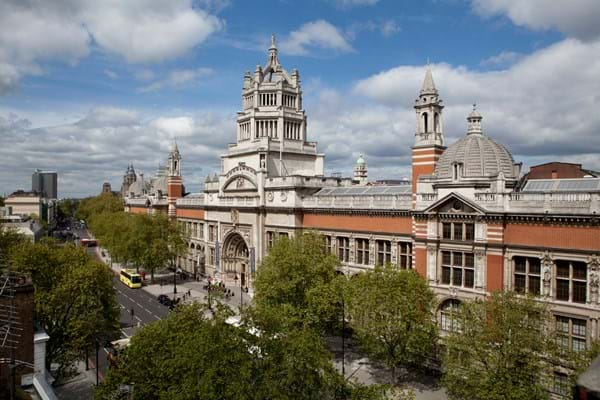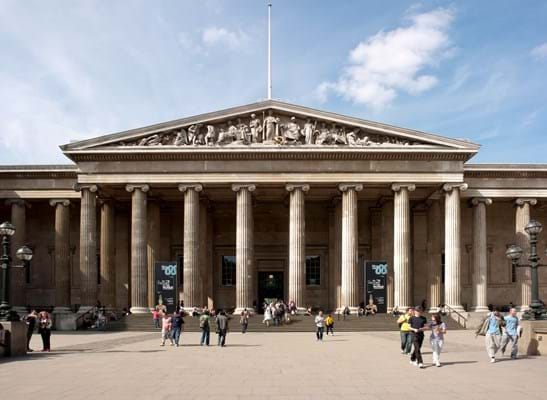The new report, called Why Collect? commissioned by Art Fund and the Wolfson Foundation, is by historian Sir David Cannadine. It highlights the ever-widening gap between the prices of works on the international art market and the limited funds available to UK museums and galleries.
He describes the situation as a “deeply depressing picture” and calls for increased investment in museums.
Public spending on museums has decreased by 13% in real terms over the last decade.
Deaccessioning
The report found museums selling (deaccessioning) items in the past five years had increased and 57% of organisations disposed of items in 2017, up from 34% documented in research from 2006.
The number of organisations that disposed of more than 100 objects doubled from 12% to 22% in 2017.
Cannadine said his report “instead of giving comfort and reassurance, expresses anxiety and concern.”
The report, undertaken to address the question of how, why and on what scale publicly funded museums and galleries continue to expand their collections, analysed museum and gallery collecting from the 1830s until the present day.
It includes 11 case studies and a national survey of 266 UK collecting institutions.
Only half of these 266 museums and galleries surveyed, had a specific budget allocation for collecting, and in most cases it was rarely more than 1% of the overall amount that was spent. Although almost all of the respondents had been able to add objects to their collections over the last five years, gifts and bequests were the most frequently used methods.
A recent Arts Council annual report revealed that donations to museums via inheritance tax schemes grew 22% in the past year.
The Why Collect? report also found museums and galleries only display a fraction of their holdings – often less than 10%.









